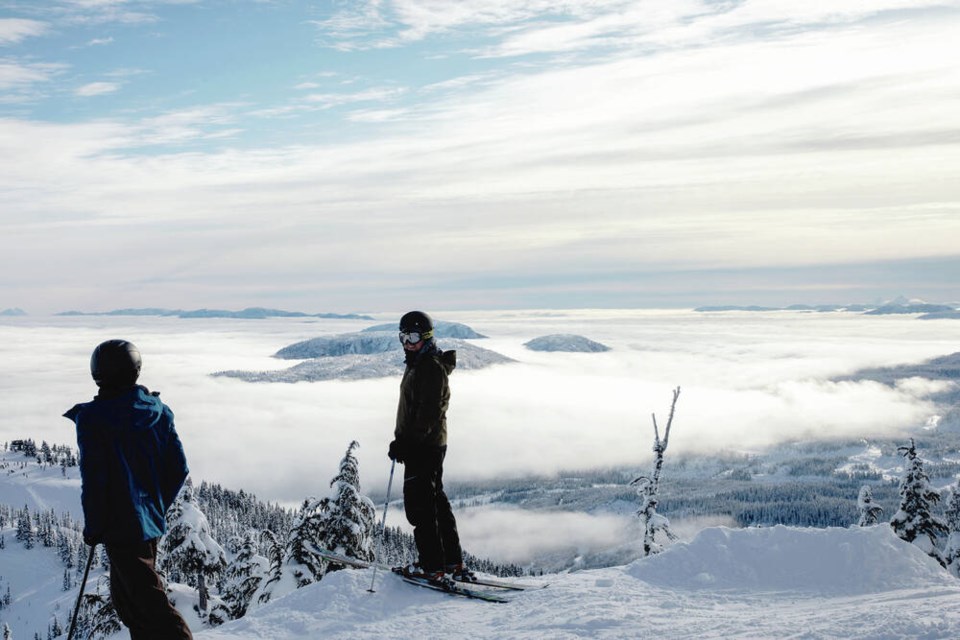A prolonged period of wintry weather on the Island has brought some great days for skiers and snowboarders exploring the backcountry, but it’s come with a spike in avalanche risks.
“This is a longer stretch of cold, snowy weather than I can remember seeing in quite a while on the Island, and it’s made for some tremendous ski quality — the backcountry skiing has been epic,” said Jan Neuspiel, owner of Island Alpine Guides, which runs ski touring, climbing and avalanche safety courses.
But with multiple snowstorms — including one that was expected Wednesday night — comes increased risk of avalanches. Today’s avalanche forecast for Vancouver Island puts the danger rating in the alpine as high, meaning very dangerous avalanche conditions, with human-triggered avalanches considered “very likely.” Travel in avalanche terrain is not recommended, with the danger rated considerable at treeline and below.
The forecast is put out daily by Avalanche Canada, which took over forecasting on the Island in November. A forecast was previously provided a few times a week by a volunteer-run group called the Vancouver Island Avalanche Centre, started by Neuspiel and another mountain guide.
Neuspiel said he noticed an explosion of interest in ski touring and splitboarding — a snowboard that can be divided into two parts and used like skis — last winter that appears to be continuing this year, with waitlists already for many of the courses he offers, making it opportune timing for Avalanche Canada to begin daily forecasts on the Island.
He said he’s glad to see Avalanche Canada operating on the Island, with a budget about 10 times what the grassroots group was working with, and hopes a daily forecast will help to reduce the number of incidents in the backcountry.
“More knowledge and more good information should result in better decision making,” he said.
Avalanche Canada has a three-person team based in Campbell River, with two people in the field four days a week throughout the winter season.
The field team ventures into the mountains to look at the structure of the snowpack, making assessments about the bonding between different snow layers and the surface conditions to determine what will happen when new snow falls.
“If you have a solid snowpack but you have a weak surface and new snow falls on top of it, then you’ll have avalanches on the old surface,” said Karl Klassen, warning service manager for Avalanche Canada.
The data collected on the Island is relayed to forecasters in Avalanche Canada’s Revelstoke office, where forecasts for the province are produced.
Everyone heading out to play in backcountry during the winter should check the avalanche forecast at avalanche.ca/forecasts/vancouver-island to understand conditions before they set out, notice conditions in the field to decide if the forecast is accurate where they are, and carry avalanche safety gear — transceiver, probe and shovel, Klassen said.
“Don’t assume that you’re knowing how to use it if you haven’t practised recently,” he said.
regan-elliott@timescolonist.com



